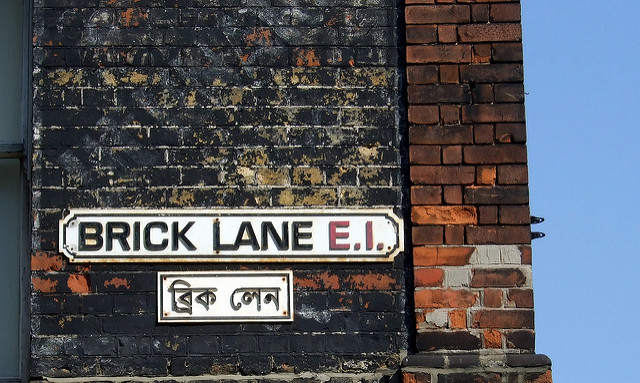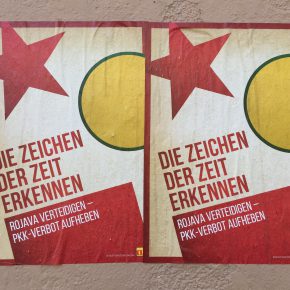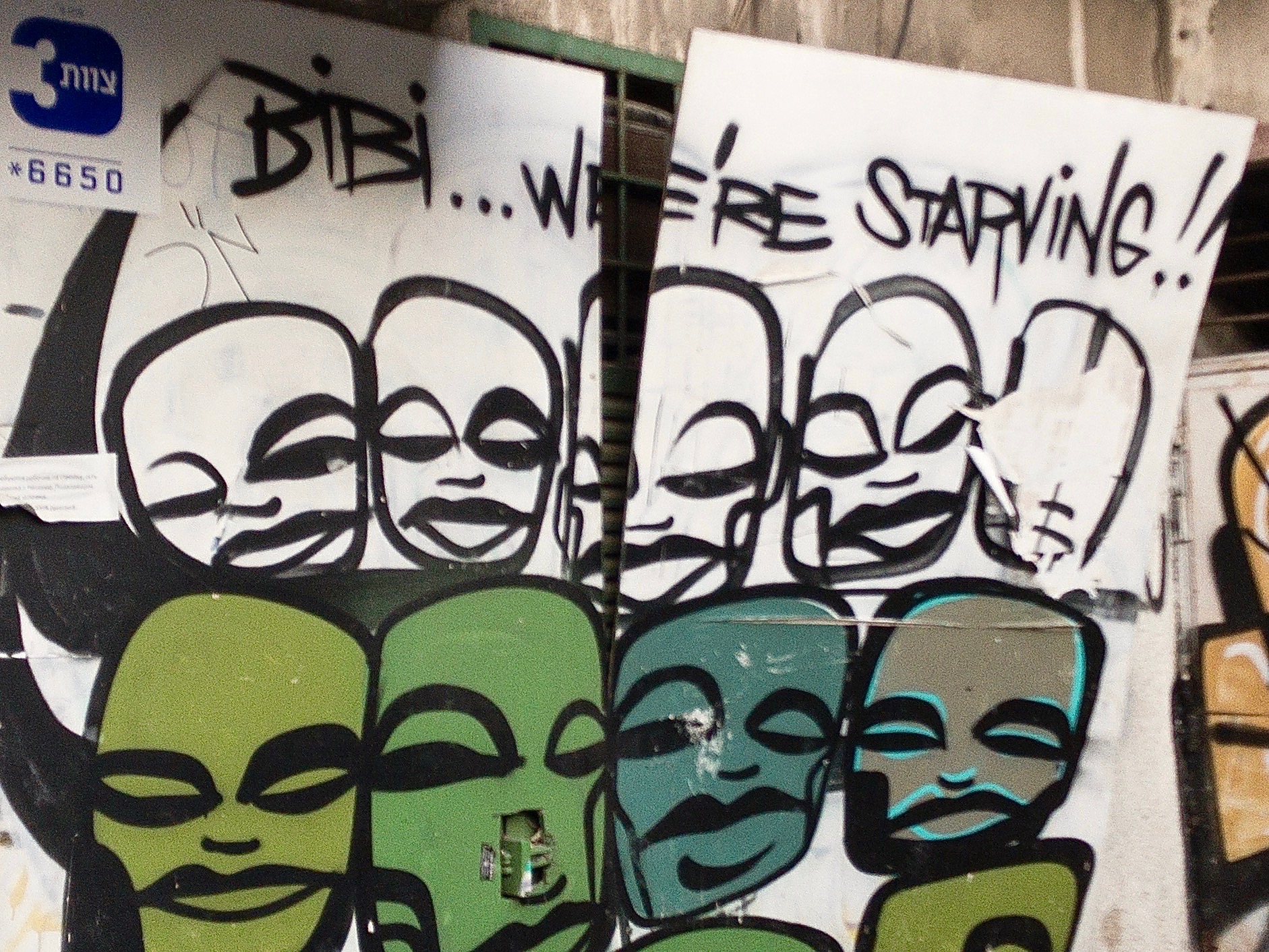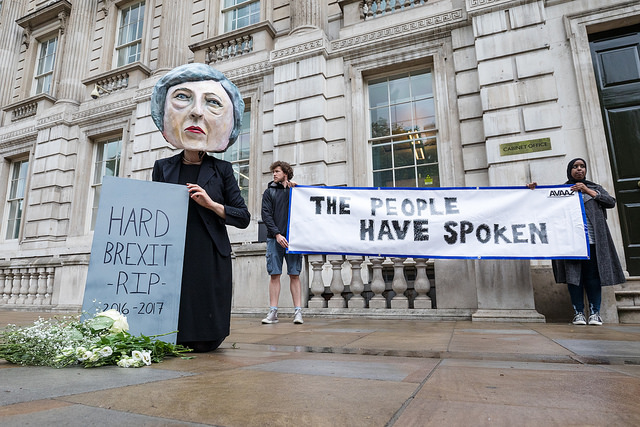Welcome to Brexit Britain, where the food is bland, the weather dreary and the people mad. It’s said to be a new beginning by some, and the beginning of the end by others. This is meant to be a great cultural clash between multicultural Britain and little England. But what would victory look like for the little Englanders?
For breakfast, you will have the full English: fried eggs, beans, sausages, red-hot tomatoes and bacon. All washed down with a cup of tea (coffee is for Americans). Another delicious possibility would be the egg banjo, which is simply a running fried egg plonked inside a cob with red sauce. That’ll set you on the right track for the arduous day ahead.
Besides the fry up, we’re all meant to love roast dinners on Sundays, spotted dick, pork pies, pickled eggs, suet puddings and warm ale. What else is there? We could add Marmite to the list, but that’s divisive even on this island. It’s not like anyone eats jellied eels anymore. At least Cornwall has cockles and mussels, as well as pasties and cider. Surely, there’s an alternative?
Chicken tikka masala was named the national dish of Great Britain in 2001. It’s often claimed that the meal itself was invented in a South Asian restaurant in Glasgow. The exact details are deeply contested, whether or not it was first made in an Indian restaurant, or by a Pakistani chef, or were they Bengali? Whatever the case, the English can’t get enough of it.
It’s impossible to imagine Brick Lane devoid of Indian and Bengali restaurants. Yet this is the heart of Tower Hamlets, where the far-right claim Islamic law is enforced and a mini-Muslim state is emerging. A strange likelihood given that Canary Wharf sits in Tower Hamlets. I doubt coke-snorting bankers would put up with sharia. But this doesn’t stop Britain First marching down Brick Lane to provoke locals.
https://www.youtube.com/watch?v=EkstnM_ETZA
If you live in North London, you’ll be familiar with Green Lanes and the availability of baklava, falafel, hummus and chicken yogurtlu. Turkish and Kurdish food is big here, but if you head further afield you can find Greek, Lebanese and Iranian cuisine. It’s all up for grabs. This is no doubt why racists see London as a multicultural theme park, with few safe spaces for white faces.
These people are unaware that even the most English staples, like fish and chips, are a bit foreign. One origin theory of how “the good companions” (Churchill’s phrase for fish and chips) claims it came out of the Jewish community in Victorian London’s East End. Still, you can rely on the chippies to stay. If you’re Southern, you’ll have red sauce; brown, if you’re Northern. Mushy peas and curry are optional.
The English love of tea is worth defending – to the death, if necessary – but it’s hardly indigenous to these isles. Not only was the tea trade something taken up by the British as part of capitalist expansion, the ruling class cultivated India as a tea source to outmatch Chinese production and all to the end of sobering up the English working class for industrialisation.
Although tea leafs are picked in the Indian subcontinent, the British Empire turned this resource into a process for English consumption and Indian production. It’s a model of colonialism. The irony is that the drinking of tea has now developed connotations of authentic Indian culture. Yet it was imported and expanded for reasons of a very inauthentic nature.
If you’ve read Corruptions of Empire by Alexander Cockburn, you’ll have flicked through the chapter ‘Culinary Conquests’ that looks at the colonial side of eating out. It was an article originally written for House and Garden in 1985. The piece works as a dialogue on colonialism and food between Alex and his friends dubbed ‘Mercator’ and ‘Augusta’.
“There is a familiar pattern in which food in the imperial, mother countries is influenced by, even replaced by food from annexed, or colonial or even neo-colonial areas,” Mercator argues. He points to the popularity of North African food in France, while Indian food has become a national favourite in Great Britain; the Dutch enjoy Indonesian cooking.
This is where August first comes in. “Food from imperial countries is inherently bland. Being in temperate areas the imperialists are less likely to be using interesting condiments and spices, and besides they’re so busy imperialising the world that they have no time.”
Augusta maintains that the best food in Europe comes form the least imperial countries. She points to Italy and Hungary as key examples. The conversation naturally turns to French cooking, the obvious exception to the rule. “Stolen from Italy via the cooks of Marie de Medici, when she crossed the Alps to marry Henry IV,” Augusta claims before concluding: “The cuisine of France is oversold”.
“How else can we account for the mania here for Third World food?” Mercator asks. “I could point to the ready availability of cheap raw materials as an essential component of colonialism. As a student of our political culture I could cite liberal guilt over colonial repression, the frumpies – former radical, upwardly mobile professionals – saying to themselves, ‘If we can’t fight for their causes, the least we can do is east their food’.”

“Don’t trust liberal guilt. It’s always two-edged,” Cockburn warns. “What could not be conquered in the Mekong Delta is consumed at the table; in an anthropological paradox the defeated devour, symbolically, the victors.”
“It is the exoticism of the subordinate. You and I read qualities into a culture that conform to the stereotypes and reinforce our dominant position vis-à-vis that culture,” Augusta suggests. “The English, for example, eat Indian food. They tell each other that the true Indian eats fiery curries to make himself cool in a hot climate.”
“What they are really saying is that the Indian is impervious to pain and hence can be treated abominably; because they think that the Indian must be silly to think he can get cool in this way. The Dutch say that the Indonesians eat such mountains of rijsttefel that they cannot work hard, proving they must be lazy.”
At this point, the American fascination with Mexican food takes centre stage. Mercator points out that Mexico has very sophisticated cooking, but the US just took what the cowboys ate around campfires: burritos, enchiladas, and tacos. This reinforces the pastoral clichés of Mexican peasants.
“Now the colonised are not only exotic but also threatening,” Mercator says. “Mexico conjures up an image of illegal immigrants flooding across the Rio Grande, of perilous external bank debt, of drug smuggling. It has these dual connotations – quaint but threatening. Hence you get attempts at domestication and cultural pacification via a pastoral version of Mexican cuisine and, even less threatening, the notion of New Mexican food. New Mexico isn’t going to threaten America. It is America.”
“Yes, it is the very image of repressive tolerance!” Augusta declares. “The proliferation of Third World food is a concession to immigrants, allowing them a toehold in the American dream. You integrate the Third World into American cuisine while at the same time segregating it from American society.”
“As an immigrant you have the vicarious pleasure of seeing your food move out of the gastro-ghetto into middle-class respectability in a fancy restaurant where you might be lucky to work as a busboy.”
The last point still seems relevant to the restaurant scene in London today. Shepherd’s pie and Sunday roasts are both dead. Give me a falafel wrap any day. The waves of food faddism have passed, giving way to a plethora of choice. Just picture Nigel Farage dining at the Ma La restaurant in Westminster. This is the real England. Eat up.
Photographs courtesy of James Cridland and Tom Waterhouse. Published a Creative Commons license.





